There’s no doubt prostate cancer is deadly. It is the most common cancer diagnosed in men (21300 estimated in 2017), and the third leading cause of cancer death in men (4100 estimated 2017).
New research has led to a detection method that can have very important significance in prostate cancer detection and treatment.
Axel Thomson Ph.D. if a professor of molecular urology at McGill University and a scientist at the Research Institute of the McGill University Health Centre (RI-MUHC) and supervised the research
Listen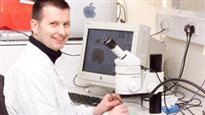
The new research was published the journal Scientific Reports under the title, Identification of genes expressed in a mesenchymal subset regulating prostate organogenesis using tissue and single cell transcriptomics (open access HERE)
Although it may sound technically confusing to most, what the team discovered was a new and more reliable biomarker for detection of prostate cancer.
In their research, the team used a relatively new and high power resolution called single cell RNA sequencing, they were able to examine a type of cell known as a fibroblast which helps in the formation of the prostate. Fibroblasts are also present in cancers affecting tumour growth and spread although not cancers themselves.
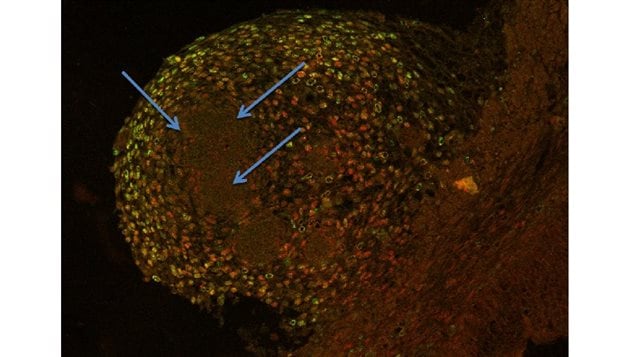
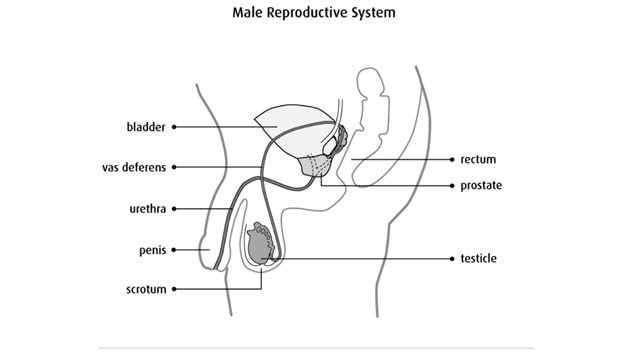
The research further identified genes turned on specifically in ‘mesenchymal’ cells that control the formation of the prostate, and they found that there were specific markers of different mesenchymal cells. The importance is to know that there are non-cancer cells that affect how the tumour behaves along the spectrum of slow growth, to rapid growth and spreading. The differing biomarkers can inform researchers,about the state of the tumour’s activity, i.e slow vs rapid growth.
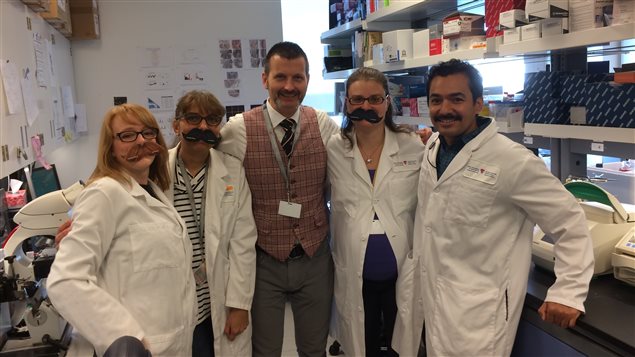
The real importance of the research is not that these newly determined biomarkers can detect cancers, but that they can detect which prostate cancers and are of real significance in clinical care to determine which prostate cancers are mild and should merely be monitored, and which are serious and need immediate treatment.
This is extremely important in avoiding unnecessary and invasive procedures and acting quickly in more serious cases
The research was funded by Prostate Cancer Canada and Movember, as well as the Canadian Cancer society
Additional information-
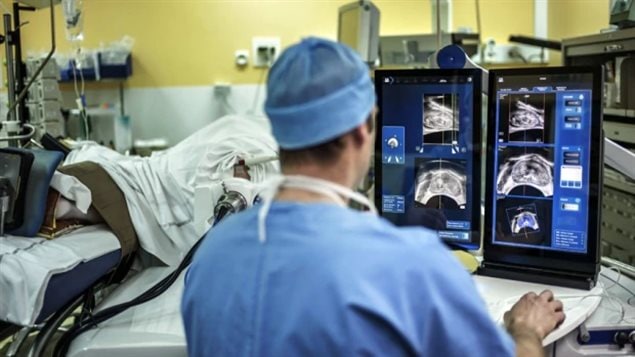






For reasons beyond our control, and for an undetermined period of time, our comment section is now closed. However, our social networks remain open to your contributions.